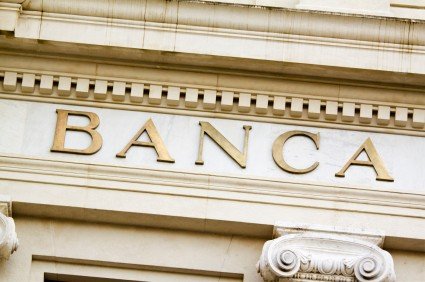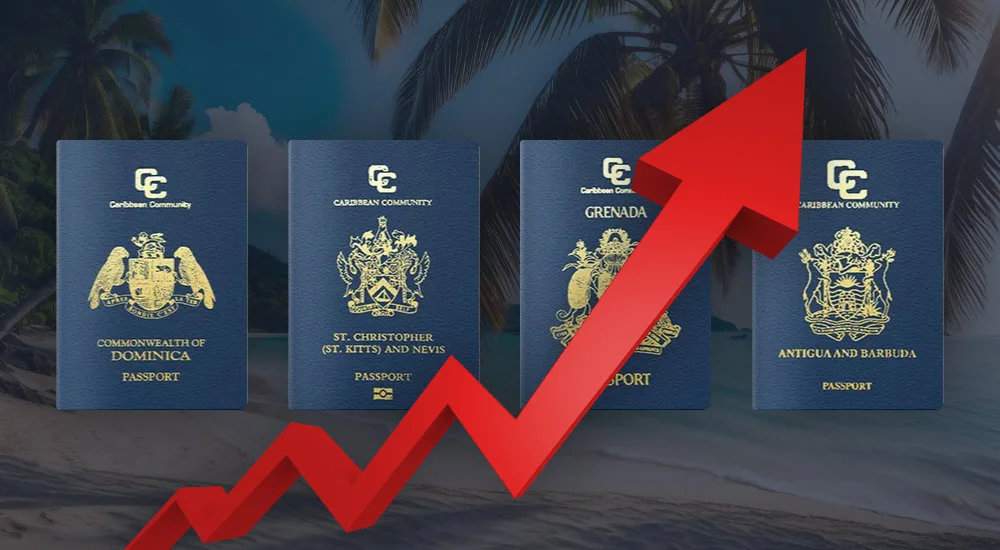As a result of the financial uncertainty in Europe, The S.E.C. has asked U.S. banks for voluntary investment transparency but few have been cooperative. Banks are either choosing not to disclose detailed balance sheets because they really don’t know what’s on them or because they don’t want to alert investors to the amount of risk they’re exposed to. The New York Times reports:
Do you think they aren’t disclosing because they don’t really know what’s on their balance sheets…or would have to pull off-balance sheet trades onto their balance sheet…alerting investors of the risk?
“United States banks received a regulatory memo this year asking them to make clearer their public disclosures about their exposure to Europe’s troubled countries. Not all the banks bothered to comply fully, however. And this could backfire on them if financial conditions in Europe deteriorate further.
In January, the Securities and Exchange Commission requested that banks’ financial filings contain specific descriptions of loans and trading positions relating to Europe. But some large financial firms did not follow all the S.E.C.’s suggestions in their first-quarter reports.”
“One of the S.E.C.’s chief aims was to expand banks’ European disclosures so that outsiders can see what’s really packed inside them. The problem was that a bank might say it had total Italian trading positions of $3 billion, for example, but that might actually be a net figure that included hard-to-see offsetting items. Without such offsets, the ‘gross’ Italian trading total may in fact be a lot higher. In its January memo, the agency made a point of asking banks to disclose gross figures, and then to highlight any offsetting items. The fear is that, in a crisis, a bank might not be able to collect all the offsets, so its true exposure may not be its net exposure.
Some banks nevertheless stuck with less transparent approaches.
One is Morgan Stanley, whose share price was pulverized last fall when investors worried about its exposure to Europe. In its first-quarter filing, the Wall Street firm’s disclosed an item called ‘net counterparty exposure,’ a term that includes collateralized short-term loans and derivatives that don’t trade on exchanges. That item was $1.8 billion for Greece, Italy, Ireland, Spain and Portugal, and $2.98 billion for France.
‘Net counterparty exposure’ is the largest component of Morgan Stanley’s troubled Europe exposure. But it could be bigger on a gross basis. A footnote to the item says it takes into consideration an undisclosed amount of collateral, the cash or assets that clients post with Morgan Stanley.
However, if banks choose to include collateral as an offset, the S.E.C. asked them to quantify that collateral in a footnote. Morgan Stanley didn’t do that. Bank of America, JPMorgan Chase, Goldman Sachs and Citigroup all provide collateral figures that outsiders can add back if they want to.”








